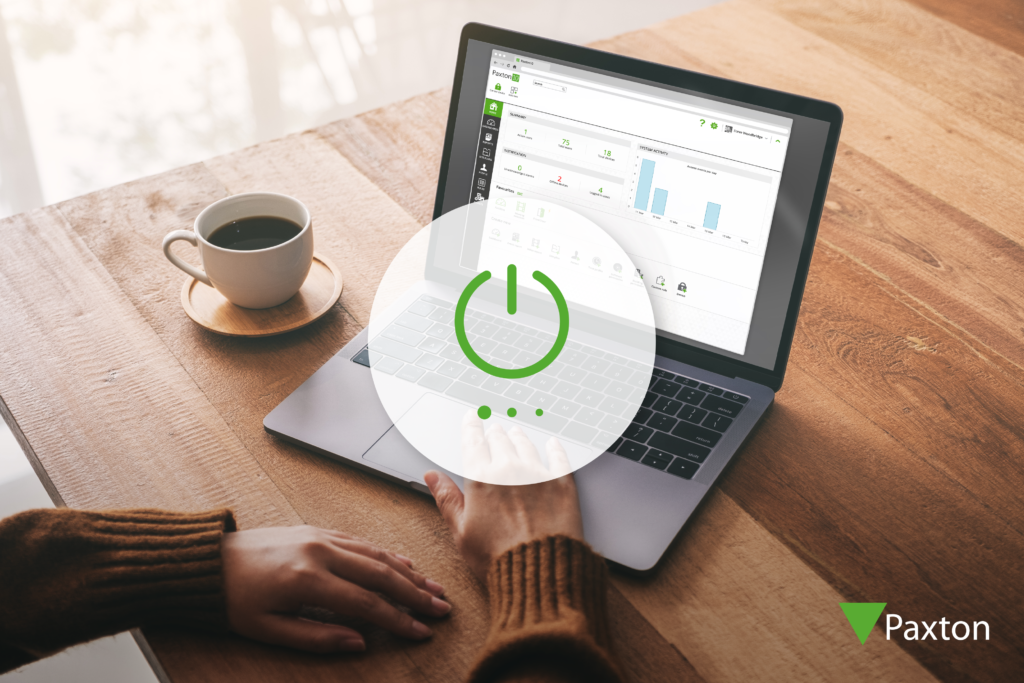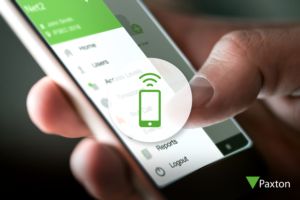
With energy costs rising to unprecedented levels in the UK, households and businesses face a substantial increase in energy bills. The energy price cap increased by 12% in October 2021, 54% in April 2022 and was due to increase by 80% in October 2022. This is later frozen at an average of £2500 per year per household by an energy price guarantee introduced by the government.
Businesses will have theirs capped at around £211 per MWh for electricity and £75 per MWh for gas, about half the costs expected without a cap.
Even though the government subsidises energy costs, consumers still worry about energy usage and bills in the long term. There are many ways to limit energy consumption and reduce CO2 emissions, including increasing renewable energy or integrating smart access control systems with current infrastructure. Smart building controls can not only improve the efficiency and sustainability of the building, but they can also lower the operating costs of the building. Paxton has developed two access control systems, providing features that can be used to limit energy waste.
Net2 is a PC-based networked access control system ideal for managing access to doors or facilities, whilst Paxton 10 integrates access control and video management on a single platform. Both systems integrate with existing building infrastructure and can centrally manage lighting, heating, air conditioning, and intruder or fire alarms. Both are simple to install and provide ‘Triggers and Actions’ that can be used to control appliances or machines, which can help limit energy.
Using ‘Triggers and Actions’ to control appliances
Steve Woodbridge, Global Training Manager at Paxton, explains: “Triggers and Actions work as a series of rules that enable site activities. For example, the trigger ‘when the intruder alarm is armed’ can be set as an event; when the system senses the event has happened, it will then automatically take action, which can be set to turn off the lights or switch off machinery.”
Triggers and Actions work similarly in Net2 and Paxton10, but there is a slight difference in their feature offering that can add extra flexibility in controlling appliances.
“Occupancy Management is available with Net2. Site managers can incorporate this special feature with Triggers and Actions, which can set the rule as ‘when the occupancy level reaches zero in a given area, switch off the lights.”
“Paxton10’s Triggers and Actions offer the ability to set up constraints. The constraints ensure a condition is true before an action takes place. For instance, a constraint can be set to check windows are closed before turning on air conditioning.”
Manage site remotely
These days, many businesses will operate at lower occupancy levels as remote working and hybrid workplaces have become the norm. By embracing smart access control technology, building managers can gain instant access to their facilities remotely. This way, building managers can reduce unnecessary energy consumption instantly at the touch of a button to maximise efficiency.

Remote site management is made more accessible and flexible with Paxton Connect for Net2 and Paxton10. The Paxton Connect app lets building administrators manage sites remotely through a smartphone, tablet, or web browser, anywhere in the world with an internet connection.
Steve explains: “Paxton Connect is the ultimate convenience for remotely managing sites. If an appliance is left switched on after working hours, building managers can login to the app and turn it off without attending the site.”
Paxton’s latest system, Paxton10, adds another dimension by integrating Multi-site, meaning building
managers can manage various sites remotely, with up to 1000 doors, 1000 cameras, and 50000 users across 100 sites.
A light bulb moment
Paxton’s Net2 Proximity Energy Saving readers have a special cover designed to retain a user access card. The user card is a power switch to the connected area or appliances.

Steve said: “A valid user card needs to be inserted into the reader for power to come. When a user leaves a room and takes out the card, the area’s power or the connected appliance will automatically turn off, like flicking the power switch. This can help save energy in a simple and automated way.”
Leaving appliances on when a room is empty wastes energy and money. By incorporating an Energy Saving Reader to control the lights, air conditioning and other integrations, there is a guarantee that they will be turned off after use since the user requires their proximity card for site access.
Visit Paxton’s website and sign up for free training on Paxton’s access control systems and products, learning more about how they can be useful in saving energy.
